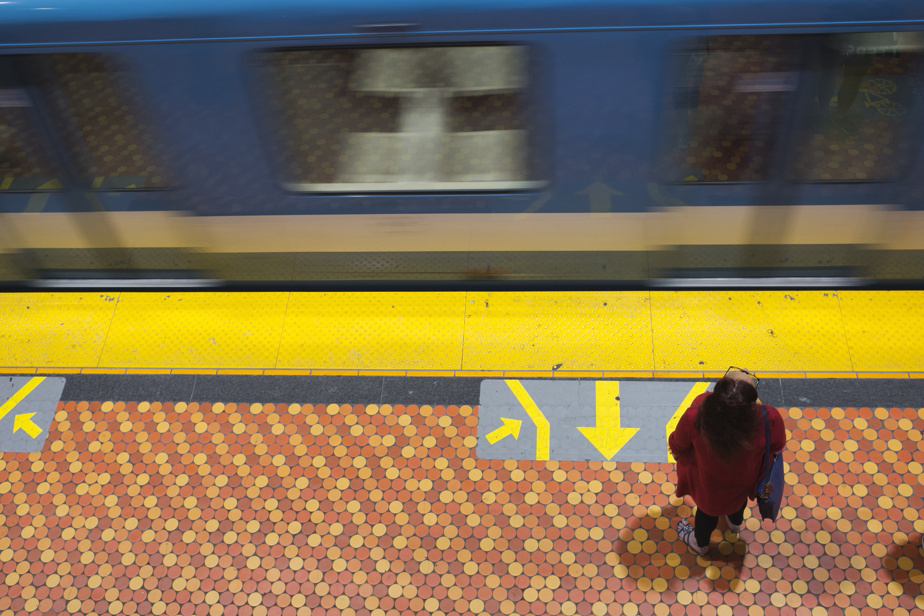An agreement to ensure funding for public transportation is expected by the summer, but already, like last year, the government and the transporters do not agree on past contributions. Quebec regularly claims to finance half of the operations, while the Regional Metropolitan Transport Authority (ARTM) estimates its contribution in this chapter at only 13%.
This new war of numbers comes a few days after comments made by the Minister of Transport, Geneviève Guilbault, on Radio-Canada.
Last Thursday, she told host Patrice Roy that the government “went up to 50, 51, 52% of funding for public transport operations” during COVID-19, when fare revenues had fallen. due to health measures and confinement.
Such statements are not new to the government. On April 26, in the chamber of the National Assembly, Prime Minister François Legault also stated: “When we arrived, the Liberals financed 39% of public transport operating expenses. We are at 48%, so we have never done as much as since the CAQ was here. »
At the ARTM, we instead respond, with supporting graphics and figures, that the reality is quite different. In 2018, the government injected 259 million into exploitation, or around 13%, then in 2019, it was 256 million, or 12.4% of the total. The following year, as the pandemic began, aid increased to 266 million (12.5%), then 225 million in 2021 (10.7%), 285 million in 2022 (13%) and 290 million in 2023 (11.5%).

COURTESY ARTM
So far, in 2024, Quebec has already injected 327 million into the public transport operation of Greater Montreal, which represents roughly 12.2% of the bill. However, we must add to this some 73 million in subsidies to the Réseau express métropolitain (REM). The previous year, in 2023, light rail had reached 21 million, in its first year of existence.
Help at the heart of the debate
However, these data exclude the emergency envelope of more than 2 billion which was given to transport companies during the pandemic, retorts Minister Guilbault’s office when questioned on the subject. At the time of her remarks, the elected official was talking about “all expenses”, we illustrate.
In the public transport community, however, we recall that this money was first used to compensate for significant fare losses. Operation – and even less the development of networks – has therefore benefited very little, if at all.
All this comes at a time when the government’s temporary aid is “set to decrease and disappear”, worries ARTM spokesperson Simon Charbonneau. This is not something that the Minister of Transport is hiding: compensatory assistance will decrease as ridership increases again.
In short, until then, new sources of financing will have to be found. Until now, the municipalities’ share of financing services has remained stable. The share of users fell from 30% to 14% between 2019 and 2020. It has stabilized at around 20 to 22% since 2022.
The drop in the share of users was notably made up between 2020 and 2023 by support and emergency aid from the government, then in 2024, by support and emergency aid from the government and the increase in the tax on registration, imposed on motorists, at all 450.
Learn more
-
- 2025
- An agreement on financing public transportation for 2025 should be initialed by this summer, as desired by Minister Guilbault, who also wants to settle for the next two years.
